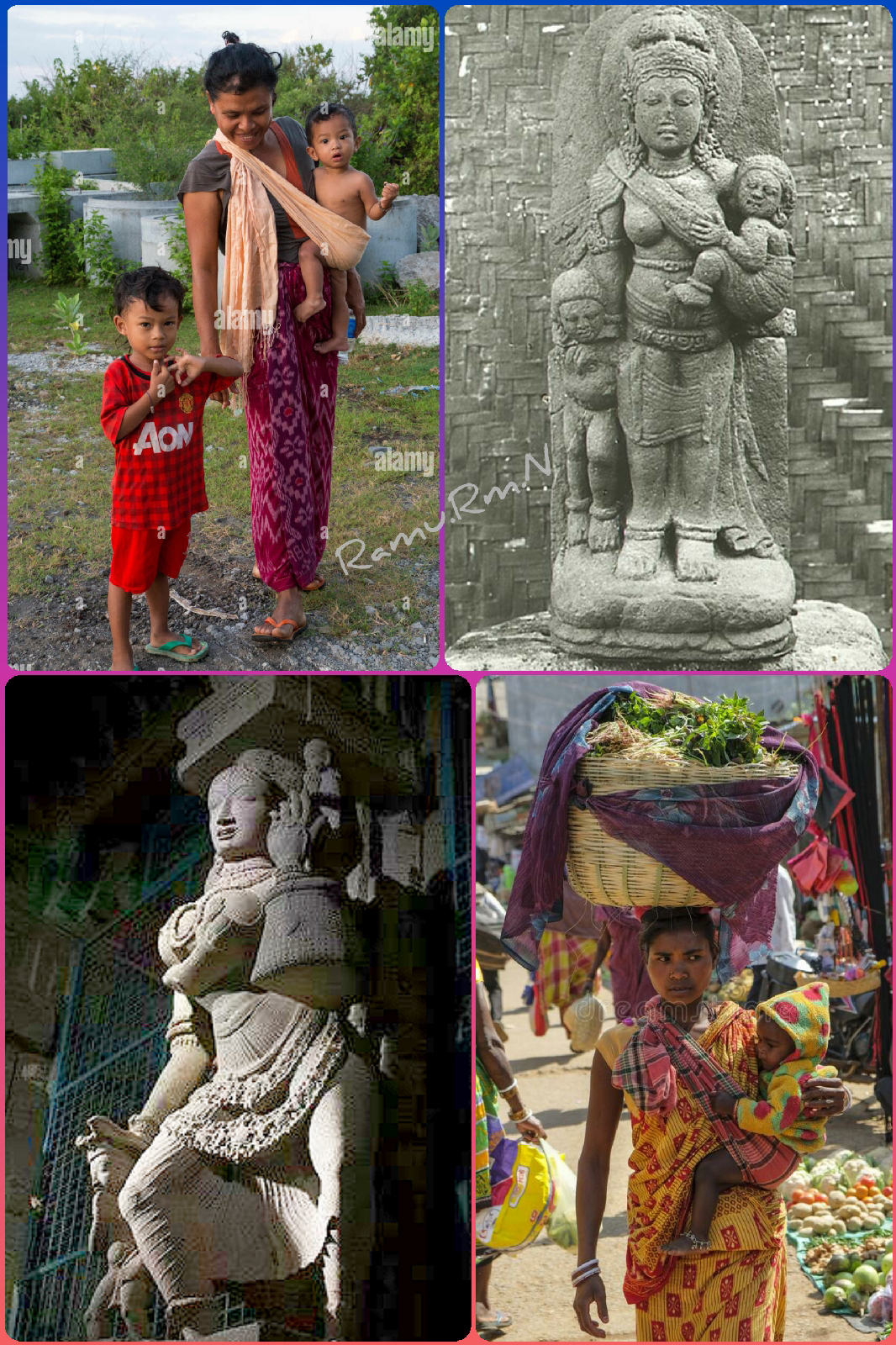Structural comparison with native cattle breeds of Northern TamilNadu and Temple Rishaba vaganam. During the annual festivel on the fifth day of the celebration is very important as the presiding deity of the temple Lord shiva use to come out in the Rishava vahanam.The disciplined bull, which is calm and docile, symbolizes Dharma, an image of controlled power.The white color of the bull symbolizes purity and justice. Generally in thondaimandala (northern TamilNadu )style rishabam vaganams were use to be designed as short and majestic with a broad forehead and short horns similarly which will look like indigenous breed ( kanchipuram kuttai /Thondainadu kuttai ).
Here in this comparison we had taken some prominent temple vahanas in northern Tamilnadu like #Mylapore, #kanchipuram and #Tiruvannamalai. In the other hand we could see the pictures of the native bulls of the northern tamilnadu which is commonly know as Thondainadu kuttai / kanchipuram kuttai is a desi breed and excellent drought variety This is short breed grows to 80-100 cms in height. It can withstand the hot humid and sultry climate of North coastal Tamil Nadu. This is very docile and amiable and it has an average milk yield of 2to3 litres/day. Generally they are Red, White, Black and mixed colours. This breed is endangered and there are only a 600 - 700 cows available currently and they face an imminent threat due to artificial insemination and lack of interest in protecting and preserving this breed. These indigenous breeds were commonly found in Chittoor, nellore in (A.P), Velur, thiruvallur, Chengalpattu, Chennai, kanchipuram, Vilupuram and Tiruvannamalai districts of Tamil Nadu.
----Ramu.Rm.N






